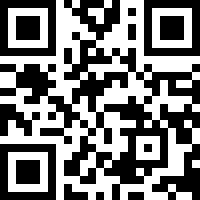In the middle of March, the country, following the rest of the world, began shutting down. Business and schools shuddered, forced to close as the pandemic swept the nation, just a week after it had shut down Europe and ravaged countries like France and Italy. News and social media urged citizens to stay at home, pushing them to do their part in “flattening the curve.”
And why?
Because the healthcare system, our literal lifeline during this pandemic, would be under siege. Over the next few months, the healthcare system would be battered by rapidly increasing patients and patient deaths. As if a “finishing blow,” the healthcare system has also been shoved under by economic burden and lack of resources and support. Just check the news. It isn’t difficult to see that, whether in midwestern towns or coastal metropolises, hospitals and clinics are being worked to their core.
In states such as Texas, Georgia, and Alabama, some counties have completely exhausted their ICU bed capacity (UMN Covid Tracking Project) — and in other states, the cases have not only overwhelmed hospitals but also overwhelmed cemeteries and crematoriums. But as a silver lining, not only has the healthcare system proven its worth to many people, it’s also shown its resilience and its growth. I do not believe I need to discuss the pandemic’s ramifications and the counterattacks waged by the healthcare industry, but what I can say is that this situation reflects the healthcare industry’s adaptability to the various obstacles that it has faced within this past year. Many of the revolutions that have been brought forth and accelerated during the pandemic will continue to be used in the future.

Telehealth and remote patient monitoring have rarely been implemented before the pandemic. But now, they are some of the only options. Hospital appointments have been changed to video and phone calls. In-person check-ups are being reduced as hospitals begin distributing RPM devices to patients. That’s what DrKumo is about. Our goal, using remote patient monitoring, is to improve the quality of life in the community by providing the healthcare industry with the necessary tools to treat patients outside of the hospital — something that has obviously been required because of the pandemic. And telehealth, used properly as a tool for healthcare delivery, will be here to stay.
But, it’s not only DrKumo and telehealth and RPM. For example, the mRNA vaccines, specifically by Pfizer and Moderna, were approved for the first time ever in order to treat a disease. The mRNA vaccine has never been on the global market before — it was implemented because of the pandemic. Perhaps, one could say, the pandemic was a necessary pressure to help change and advance certain aspects — a pressure that has helped the healthcare industry grow.


